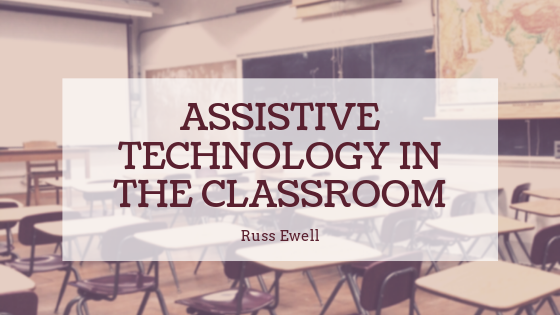According to statistics of organizations that represent people with disabilities, one out of nine children under the age of 18 in the United States needs to receive special education attention. It has been reported that the number of students with disabilities has risen by over 30% over the last ten years.
Special assistive technology in classrooms is highly essential to enable these students to learn as seamlessly as possible. Here are four of the most essential assistive technologies used in learning institutions for students with disabilities across the country.
Text-to-speech tools
The text-to-speech assistive technology is software designed to enable students or children with reading-related disabilities to learn. This software is suitable for children with disabilities such as visual impairment that prevents them from seeing and reading effectively. Additional students that can benefit from TTS software include children with autism, intellectual disabilities, and Attention Deficit Hyperactivity Disorder.
Draft:Builder
Draft:Builder is a writing aid tool that enables children with disabilities to comprehend writing-related tasks in the classroom. This tool enables students to visualize classwork material and thereafter insert the necessary information in template form. Draft:Builder helps students to conceptualize the entire process of learning through definite steps that are easy to memorize. The visible steps allow students to engage more of their senses for assistance with memorizing and learning class materials. The software is used for students with intellectual-based disabilities.
FM Systems
FM Systems are built for children who have sensorineural hearing loss that is commonly linked to hearing impairments. The technology has the teacher use a special transmitter microphone to relay coursework to the student wearing a receiver. The receiver then amplifies the teacher’s voice into the ears of the student. The FM System is designed to enable students to hear clearly, irrespective of surrounding noises, distance, and background noise.
Math tools
For students with visual impairments, learning mathematics can be quite challenging. Various math-related tools, like Matt Talk, allow students with these disabilities to speak through a microphone into a program that then transforms the voice into actual writing. Math Simulations is another math tool that is suitable for students with dyscalculia, a learning disability to makes it difficult for them to comprehend arithmetic-related tasks. It is designed to enable students with visual and intellectual disabilities to visualize math concepts for better understanding.
